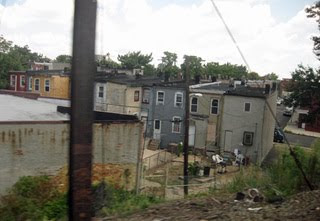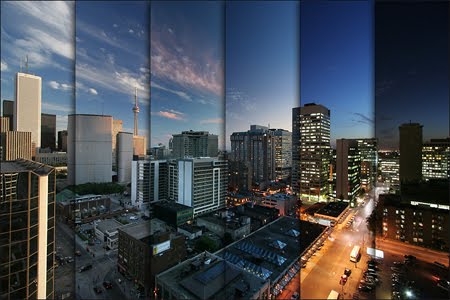Let's chat about Urban Decay for a minute... and no I'm not reffering to the pretty eyeshadows you can buy at Sephora
+What is Urban Decay:
the process whereby a previously functioning city, or part of a city, falls into disrepair and decrepitude. It may feature deindustrialization, depopulation or changing population, economic restructuring, abandoned buildings, high local unemployment, fragmented families, political disenfranchisement, crime, and a desolate, inhospitable city landscape.
Does this sound like a familar place to you?
Baltimore, once a thriving port city off of the Chesapeake Bay faced a decline after its period of deindustrialization. Once the second largest city in the nation with close to one million persons, this city now has around 650,00 residents. The mass exodus has left us with some visual examples of urban decay:
Abandoned rowhomes, abandoned and boarded up city blocks, garbage filled lots...These are the marks of Baltimore's City Urban Decay
Just about eery major city has some form of Urban Decay: Cleveland, Detroit, Chicago, New York, Miami, Tampa, Washington DC, Philadelphia, Los Angeles, Tampa, Dallas, and the list goes on and on.
The sad thing about Urban Decay is that many of these areas were once thriving communities with middle/working class citizens. The decisions of city and local officials in the planning department, highway construction, economic recessions, massive job layoffs, plant and industrial facility closures, sprawl and suburbanization, and crime are all contributing to factors to Urban Decay.
Until these areas are revitalized and redeveloped, how do we handle the linger populations in these areas? How do we ensure that despite their surroundings that they still have the same opportunities and resources as those in suburbia? How do we ensure that the children growing up still recieve a quality education? How do we ensure that the psychological effects of growing up in these conditions are addressed?
Is demolishing these areas to the ground and relocating the residence a viable solution? Is a redevelopment strategy that will change these areas to bustling commercial/retail/residential/mixed-use corridors the best option?What happends when these who live here are displaced?
Just because you change the facade and appearance of urban decay with trendy architecture and innovative planning strategies doesn't mean that we have addressed the sociological and mental issues assosciated with decay....
Your thoughts???





